What You Need to Know When Enrolling in First Grade
Preparing children for school is an essential condition for successful learning. When should you start preparing for school? Who should do this? What should a child be taught before school? Some believe preparation should start at three years old, others say one year before school. But in fact, the entire preschool period of a child's life is preparation for school. The most important thing is to avoid extremes. Don't overdo it with lessons, which might create a preemptive dislike for learning. But don't let things slide either.
How to determine a child's readiness for school?
Let’s start with age. By the time a child enters first grade, they should be at least 6.5 years old. According to specialists, a child younger than this age does not yet have the necessary level of maturity for school learning.
Here is a general list of what a child entering first grade should know:
-
Say their first name, last name, and home address.
-
Know the names and patronymics of their parents.
-
Know the names and characteristics of the seasons.
-
Know the names of the months of the year and be able to name the current one.
-
Know the names of the days of the week and be able to name today’s day and date (during morning discussions on the way to kindergarten).
-
Explain why some animals are called wild and others domestic.
-
Explain the benefits of various domestic animals to humans.
-
Identify the main external (anatomical) differences between birds and animals (beak, feathers-fur, paws-wings, and their quantities, etc.).
-
Name the young of the following animals: horse, cow, sheep, goat, dog, cat, pig, bear, fox, wolf, squirrel, hedgehog, chicken, duck, goose, turkey.
-
Count up to 8 young animals mentioned above.
-
Know that vegetables grow in fields or gardens, while fruits grow in orchards.
-
Give examples of fruits and berries that grow on bushes and those that grow on trees.
-
Give examples of vegetables that grow in the ground, lie on garden beds, or hang on branches.
-
Name fruits and vegetables in red, green, yellow, and orange colors.
-
Name forest trees, bushes, berries, and mushrooms.
-
What word would you use for insects, butterflies, and spiders?
-
Name animals living in the sea.
-
Name indoor plants found at home or in kindergarten.
-
Know the different types of transportation: air, sea, land, underground, and underwater.
-
Identify the odd one out:
-
tomato, cucumber, apple, carrot;
-
bunny, kitten, squirrel, wolf cub;
-
boat, truck, ship, speedboat;
-
fur coat, hat, boots, scarf;
-
back of the head, chin, bridge of the nose, heel.
-
-
Show your left eye, right ear, left knee, and right elbow.
-
Touch your right ear with your left hand and left knee with your right hand.
-
Name the city where the child lives.
-
What professions does a future first grader know?
-
What do mom and dad do for work?
-
What items in the room resemble a sphere, triangle, square, and circle?
-
Which items belong to furniture, dishes, clothing, fruits, vegetables, shoes?
-
What is the difference between vowel and consonant sounds?
-
Know the numbers from 0 to 9.
-
Be able to count up to 10 and back, from 6 to 10, from 7 to 2, etc.
-
Be able to name the number before and after any given number within the first ten.
-
Be able to compare numbers within the first ten (e.g., 7<8, 5>4, 6=6).
-
Be able to associate a number with the number of items.
-
Be able to compare two groups of items.
-
Be able to solve simple addition and subtraction problems.
-
Be able to compare objects by color, shape, and size.
-
Know the names of shapes: triangle, square, circle.
-
Be able to use concepts such as: "left", "right", "up", "down", "earlier", "later", "in front of", "behind", "between", etc.
-
Be able to group items based on a given characteristic.
Zarutska Elena Nikolaevna, Primary School Teacher
List of Affiliated Persons of the Joint Stock Company Central Suburban Passenger Company For the Second Half of 2024
Chemical Bonding: Practice Test and Concept Review
Singers in the Camp of Russian Warriors: Poems and Cossack Songs Praising Platov
Echoes of the Cossacks: Poetry of Memory, War, and Identity

 Deutsch
Deutsch
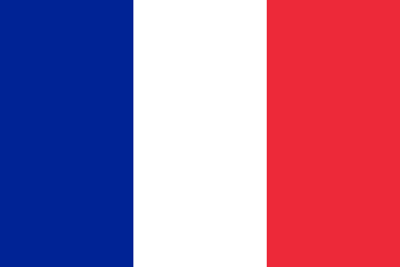 Francais
Francais
 Nederlands
Nederlands
 Svenska
Svenska
 Norsk
Norsk
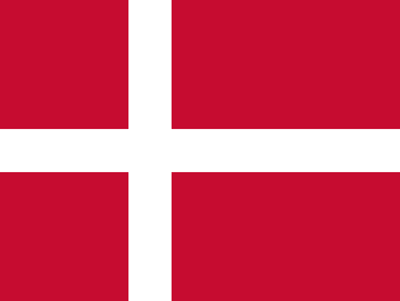 Dansk
Dansk
 Suomi
Suomi
 Espanol
Espanol
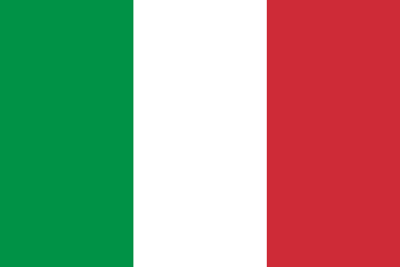 Italiano
Italiano
 Portugues
Portugues
 Magyar
Magyar
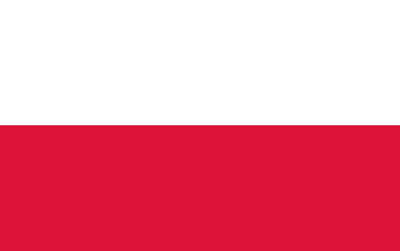 Polski
Polski
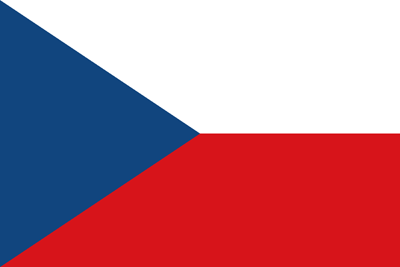 Cestina
Cestina
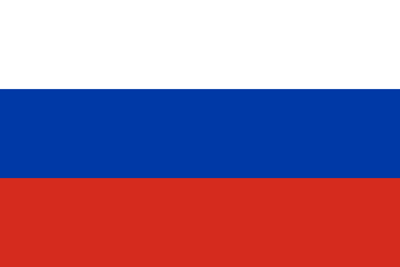 Русский
Русский